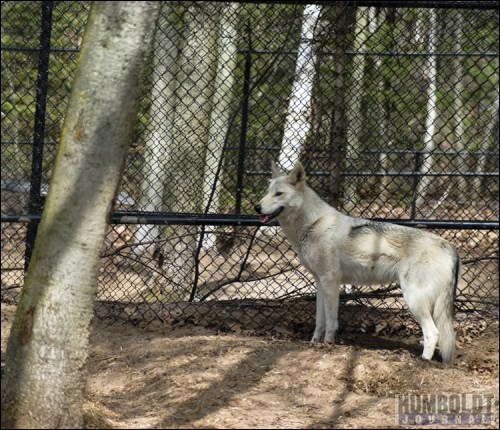You may have seen one and not known it.
According to Karl Breker, Conservation Officer with the provincial Ministry of Environment stationed in Humboldt, they have received credible reports of wolves spotted in this area for the last few years.
"We get reports every now and then," Breker explained. "They're around and they are reclaiming their natural habitat where they were 150 years ago."
In fact, someone trapped two wolves by St. Brieux this year, including a good-sized male weighing about 100 pounds, Breker noted.
Most of the reports that come to their office concern one or two wolves, not a pack, he added.
"Ninety-eight per cent of the reports are individuals, the rest are a couple of animals," Breker said. "They are probably young adults looking for their own territory."
There have been some reports of predation on cattle by Pathlow, north of St. Brieux, that might have been wolves, he noted.
"Usually a pack is more serious than an individual. Wolves, by themselves are not very good hunters," Breker said. "It would take a number of wolves to pull down a full-sized moose."
Wolves aren't much of a threat to people either, he added.
"Attacks on people are extremely rare," Breker stated. "A single wolf is not much of a threat unless it's injured or habituated to people."
Farmers are allowed to shoot wolves to protect their livestock, but not otherwise.
There is an actual wolf season, from October 15 to March 15, but it is a trapping season, Breker explained.
"You can't hunt them for fun. You need a trapping licence," he stated.
Most of the time, people are confusing wolves with coyotes or don't realize that you can't really tell a wolf print from a large dog or coyote print, Breker said.
One of the easiest ways to tell a wolf from a coyote is the height difference. A coyote will weigh about 30 pounds and about 18 inches at the shoulder, while a wolf will be about three feet at the shoulder, Breker explained.
"A wolf has really long legs compared to its body size," Breker said.
Wolves also vary a lot more in colour than coyotes. Wolves can be jet black or grey or snow white, while coyotes' colouring doesn't vary much, he noted.




